On Joy & Sadness: Why You Can't Have One Without the Other
How a children's movie is saving my life, plus a collection of delights for September
It’s a humid Tuesday afternoon, and I sit on my bed while the children rest in theirs, eyeing my therapist through the computer screen.
“Savor,” I repeat back to her, blankly.
“Yes,” she nods. “When you notice a moment of joy, try to let it in.”
I do not tell her that Joy is my middle name. I do not accuse her of stealing this concept from Mary Oliver, even though I’m pretty sure she did.
Instead, I imagine Joy personified knocking on my door. I imagine her standing outside, waiting and waiting for the door to open. Meanwhile, I lay prostrate on the kitchen floor so Joy does not know I am home. I am comfortable here, with the guests I’ve housed for years: Distrust, Waiting For The Other Shoe To Drop, Irritability, maybe even Resentment.
In other words: Fear. Anger. Disgust.
After all, these are the three friends who have kept me safe for decades—and how could I let go of them, now?
//
A few days later, I try it.
Against my better judgment, I get up off the kitchen floor and crack open the door for Joy a half inch.
I leave the dirty dinner dishes scattered all over the kitchen and scoot everyone out the door for an impromptu walk. We search for bees and butterflies in the neighbors’ gardens sprouting up from the boulevards. Two blocks in, my oldest daughter abandons her scooter and runs ahead toward the black-eyed Susans, hair billowing behind her like a sail. The two-year-old shrieks for a turn on the scooter, and my husband propels her down the sidewalk, whooping, his hands over hers on the handlebars. Their shrieks and laughter fill the neighborhood.
Joy.
The next day, at 6 PM, I stand under the shower’s scalding stream of water, relishing the absence of any crying or whining or yelling or touching.
Rinsing the shampoo from my hair, I hear a faint voice: “Hi, Mama!” I groan and open my eyes to see the outline of my two year old pressed against the foggy shower door, her stuffed bunny smushed against the glass, singing me an unintelligible song and bopping to the beat.
As much as I had wanted to be alone, I couldn’t help but burst out laughing.
Joy.
A week later, when the children come down with hand, foot, and mouth, and our plans to visit family up north are derailed, I rock my youngest in the dim light of her bedroom, her sweaty head pressed against my chest.
“Do you know that I love you?” I ask quietly, thinking she is already asleep.
But I hear her little voice whisper the newest phrase she’s learned: “Yes, I do.”
Joy.
//
When my oldest daughter wakes up with a fever and sores a few days later, she and I wrap ourselves in blankets on the couch and watch one of my favorite animated movies: Inside Out.
In the film, eleven-year-old Riley navigates significant life changes including a cross-country move, the loss of friendships, and challenges at school. Meanwhile, the personified emotions in her brain compete for who will run the show. Anger, Disgust, and Fear all take their turns at the helm, but most of the story surrounds two key emotions: Joy and Sadness.1
Joy believes her job is to keep Riley happy at all times. Sadness can’t seem to stop touching core memories and turning them blue. The more Joy tries to contain Sadness, the worse things get. Joy and Sadness end up getting lost deep in the recesses of Riley’s brain, leaving Anger, Fear, and Disgust in charge.
Once Joy and Sadness finally find their way back, they both learn a powerful lesson alongside Riley: Sadness is not something to be feared or controlled. Allowing Sadness to lead is often the only way to truly let others in, to let them hold space for us with compassion, to free ourselves from our own angry, fearful, resentful armor.
//
Earlier that week, my oldest daughter had heard the doorbell while I was putting the toddler down for her nap and took it upon herself to answer it.2 But when she opened the door, she found nobody there.
Upon watching the doorbell camera footage later with my husband, we noticed that there had been someone there. He had been standing off to the side to avoid the sprinkler. We watched the replay, watched as my daughter swung wide the front door and the man opened his mouth to speak, watched as she paused for one second—apparently not seeing anyone—before slamming the door in his face, completely unaware.
My husband and I burst out laughing. We rewound the footage and watched it again and again before flopping back on the bed and cackling. We laughed until we couldn’t breathe. We laughed until tears rolled down our cheeks.
//
The day after watching Inside Out, it dawns on me that Joy is not the only guest I keep out of my home. I also shut out Sadness.
Sadness knocks on my door and I swing it open. She opens her mouth to speak, but doesn’t even get a word in before I slam the door in her face.
Like Joy, Sadness feels far too vulnerable, far too unsteady. Both feel as if something awful might happen if I dare to let go, as if I might be swept away in their current and never find my way back home.
//
I sit on the carpet with one of my children who is in the middle of a good cry sesh. It is unclear what the crying is about, but she looks at me underneath clumped-together eyelashes and tells me she is feeling sad.
Seconds go by. Then minutes. Then more minutes. I take deep breaths. I say something comforting. I wonder how much water could possibly be left in her little body.
Finally she tells me, “Mama, I can’t stop crying. It just feels so good to cry sometimes.”
Her words, punctuated by gulpy gasps in between sobs, stop me in my tracks.
Here is my daughter, who has lived a tiny fraction of the years I have, learning that her tears will not sweep her away, that sadness is not a dangerous feeling, that letting in grief and disappointment is safe, healing, the only way to move forward.
She is learning how to be vulnerable. What she does not know is I am learning this, too.
//
After our couples’ therapy session3 is over, I am still crying at the dining room table a half hour later, systematically emptying every tissue box in the entire house before the children get up from rest time.
My husband comes upstairs to refill his coffee cup, concerned. “You’re still crying?”4 he asks me as kindly as he can muster, as if something has broken open inside of me—an old pipe, perhaps, or a water main—and now neither he nor I know how to contain the flood.
“I can’t stop,” I tell him, pausing to gather myself. “I guess…it feels good to cry, sometimes.”
I think back to the moment sitting next to my sad child on the carpet and laugh to myself, tears still running down my face, and my husband slowly backs out of the room with his coffee.5
What I know now: Sadness lets me be heard and comforted. It is the thing so often hiding behind my well-meaning safeguards—anger, fear, disgust. And it is inextricably linked to being able to feel joy, to being able to connect deeply with others.
What I know now: Opening the door for Sadness usually means Joy is right behind.
life with littles
A snapshot of what the girls and I are doing together in our day-to-day:
It’s been a minute! I took a break in August and the last two months have been crazy— filled with the start of a new school year and new fall rhythms, potty training, celebrating my oldest’s fifth birthday, going to the MN State Fair, and coming down with hand, foot, and mouth among a handful of other viruses (whyyyy). All this to say, we’re a little tired.
The truth is, though, we’re having a lot of fun with this homeschool kindergarten thing, chaotic as it is. Do I need to stop instruction occasionally to be a poop doula for my newly-potty-trained-two-year-old? Yes. Did I cry in the bathroom the first week of homeschool when the TV would not work at 4:30 PM, precisely when I needed a break? Also yes.
Would I trade it for anything? Absolutely not. Here are some highlights:
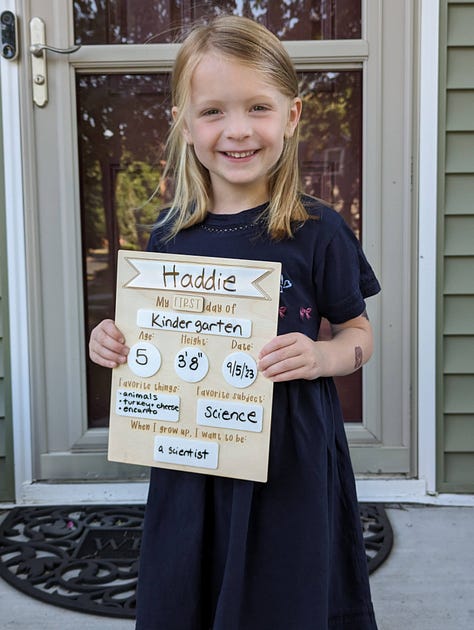
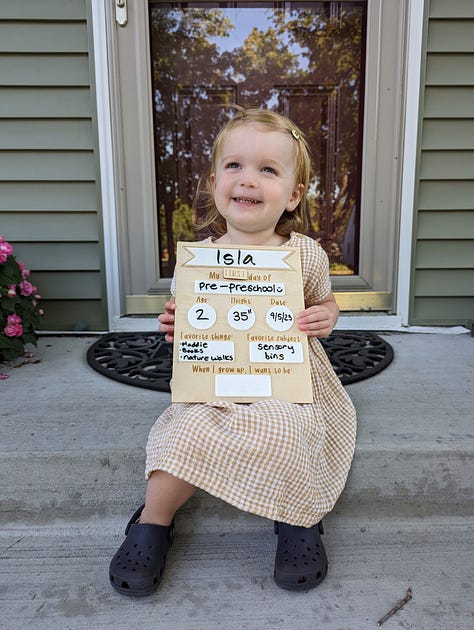
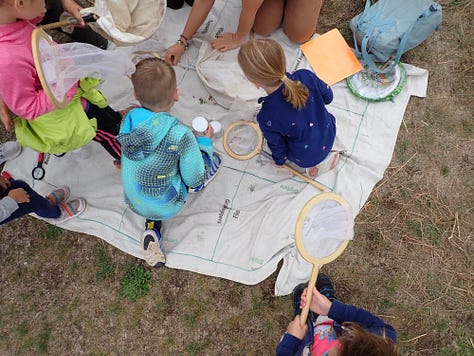
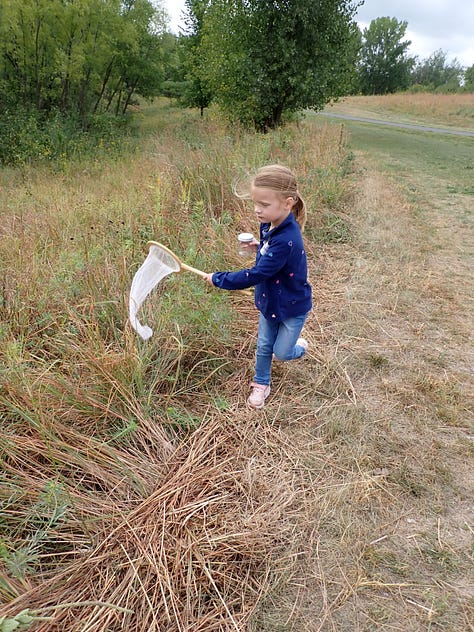
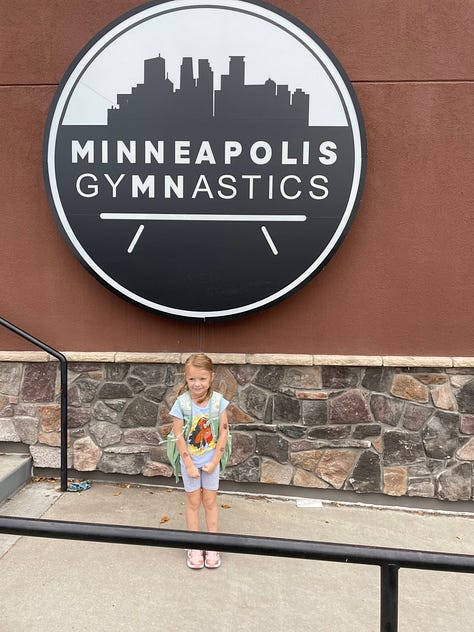
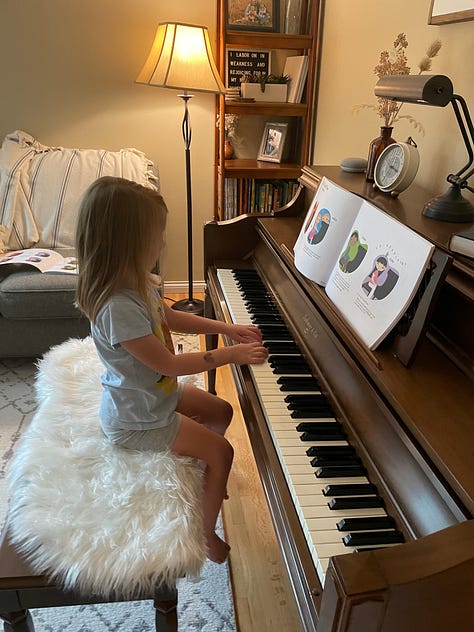


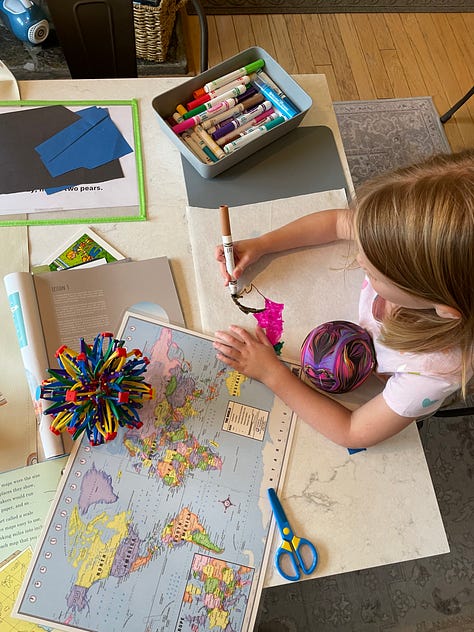
beautiful words
In no particular order, here are some words I read this month that resonated with me:
-I loved reading this conversation between Maggie Smith and Mutha Magazine where she discusses the nonlinear form of YCMTPB, the themes of grief and loss, and why she includes details of her home state in her writing.
-Sarah Bahiraei recently shared this stunning poem on sorrow, suffering, and delight.
-Melinda Moyer’s Q+A with Jennifer Wallace on how achievement culture harms kids was excellent—a timely wake-up call that helps us realize how much harmful pressure we tend to put on our children in this culture.
-Dani Shapiro wrote this piece on how her body knew the truth before her brain did, and how writing is often the bridge for that gap.
books / podcasts / shows
A list of things playing in my ears, sitting on my nightstand, or streaming on my tv:
-Joe and I spent August + September catching up on the latest seasons of The Lincoln Lawyer and Virgin River on Netflix. Both were sooo good (Spoiler: If anyone watches Virgin River and would like to have a convo with me about Muriel + Cameron’s romance, hmu because I am truly unwell).
-This conversation between Ada Limón and Krista Tippett of On Being gave me goosebumps. Limón reads several of her poems on this episode, which is always a delight. I also loved Tippett’s conversation with Kate Dicamillo.
-I finally watched the movie, Where the Crawdads Sing, and now I want to move to the marsh, become a naturalist, and sleep on a mattress on a screened-in porch.
-My friend Shannon and I binged through Scamanda on our road trip to Chicago for a writer’s retreat and our minds are blown, to say the least. The amount of effort and detail put into this scam is…something else.
-While in Chicago, I got to meet Megan Stielstra when she gave our group of writers a little workshop. She was captivating and electric, and it was probably the highlight of my whole weekend. I read this book of her essays before the workshop, and I ordered this one the day I got home. Here is Megan reading one of my favorite essays from her first collection for NPR.
For real though, meeting internet friends IRL in Chicago was incredible. Amy taught us how to decorate cake. Rachel taught us how to make cocktails and hosted all of us in her home. Ashlee took our headshots. Stacy worked her butt off organizing and coordinating everything. We wrote, we explored, we connected, we laughed, and we cheered one another on. I’m really grateful for these fellow creative friends.
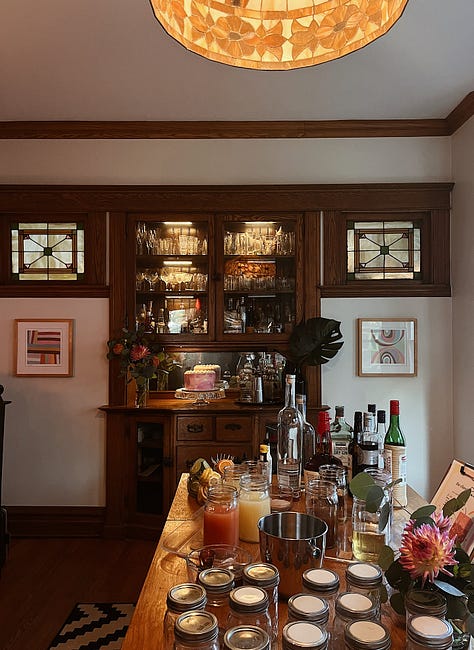
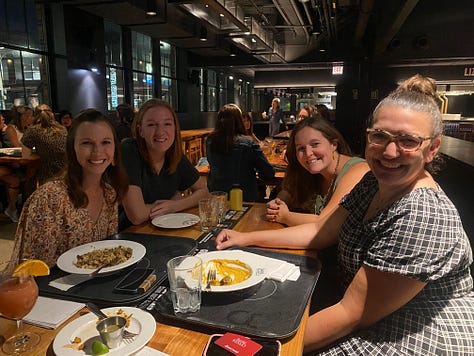
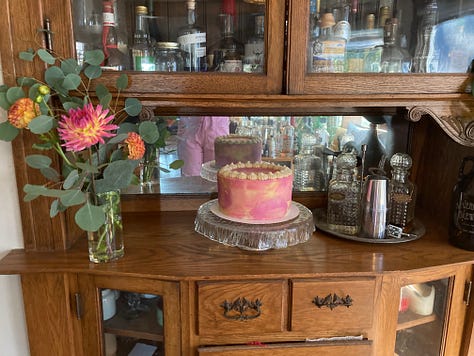
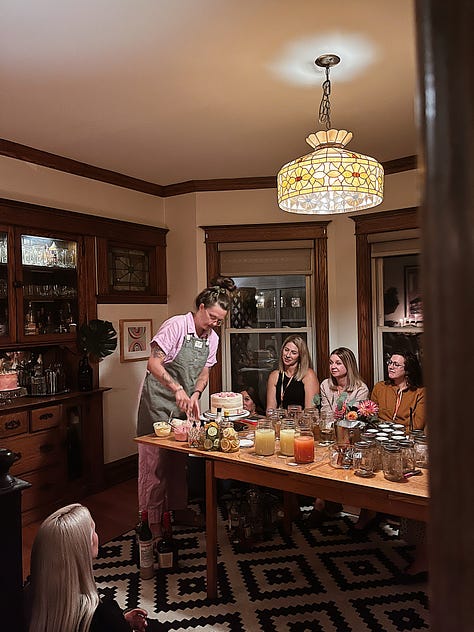
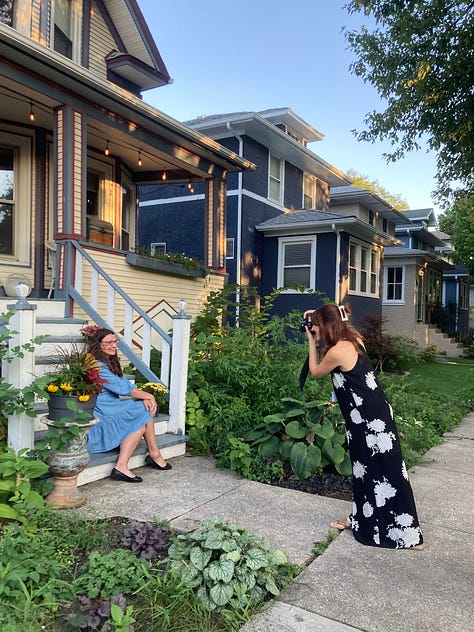
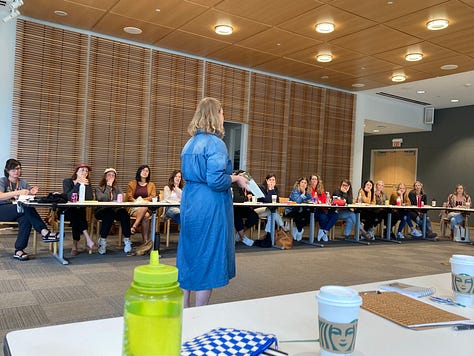
feeding the fam
Here’s a rundown of some of the family favorites that showed up on our table this month:
-One Skillet Creamy Sun-Dried Tomato Chicken and Orzo from Half-Baked Harvest. OKAY it’s fancy, and I can make it all in one skillet? Sign me up. It’s the perfect dinner for the beginning of fall.
-I made this Nutella Oreo pie for my daughter’s fifth birthday and it was amazing. The recipe is from this cookbook, but if you don’t want to buy it, you can find a similar recipe here.
-I make this apple crisp one hundred million times every fall, and we’ve already made it twice. I’d also say it counts as a breakfast food. You’re welcome.
the little things
A list of some little things I’ve been loving:
-I got this pair of Birkenstocks to wear in my house as a more supportive option since my feet need some extra help these days (Just call me geriatric now that I’m concerned about supportive shoes). Whyyyy did I wait so long, though?
-Best running socks, here ya go. No blisters, very comfy, just the right amount of compression.
-My friend lent me her Target sweatshirt one day at the park and it was soooo soft so I bought my own. I love their Joy Lab line.
words I’ve written
Here are some of my own words put to paper this month:
-Issue 7 of Part-Time Poets comes out tomorrow! You can read Issue 6 here.
-I wrote this poem for my daughter’s fifth birthday, and this one inspired by cottonwood leaves and thoughts on getting older.
-I was incredibly honored to have this poem featured on C+C’s page for International Daughter’s Day.
-I had two poems published this month in Rat’s Ass Review’s fall-winter collection.
Thanks for reading, friends. Here’s to leaning into joy and sadness and learning to open our hearts to both.
xo,
Krista
Photo by Diana Polekhina on Unsplash
Voiced by Amy Poehler and Phyllis Smith, respectively (Because OF COURSE. Genius).
You better believe we had a big safety talk about children never answering the door without a parent, but I digress.
How many times can I mention therapy in a single essay?! Listen, 50% of the reason I go is for working through baggage and 50% is so I have material to write about.
(that’s a joke ^).
GOD BLESS MY HUSBAND.
SEE POINT FOUR ABOVE ^
Do you like reading To Tell You The Truth? Because I love writing it.
If you want to support me and my work, there are a few ways to do that:
Buy Me a Coffee (Any “coffee” money I receive goes straight back into my work via workshops, classes, mentorship, and more).
Share To Tell You the Truth with a friend!
Subscribe for free to receive all my posts in your inbox. OR, upgrade to a paid subscription to further support my creative work.






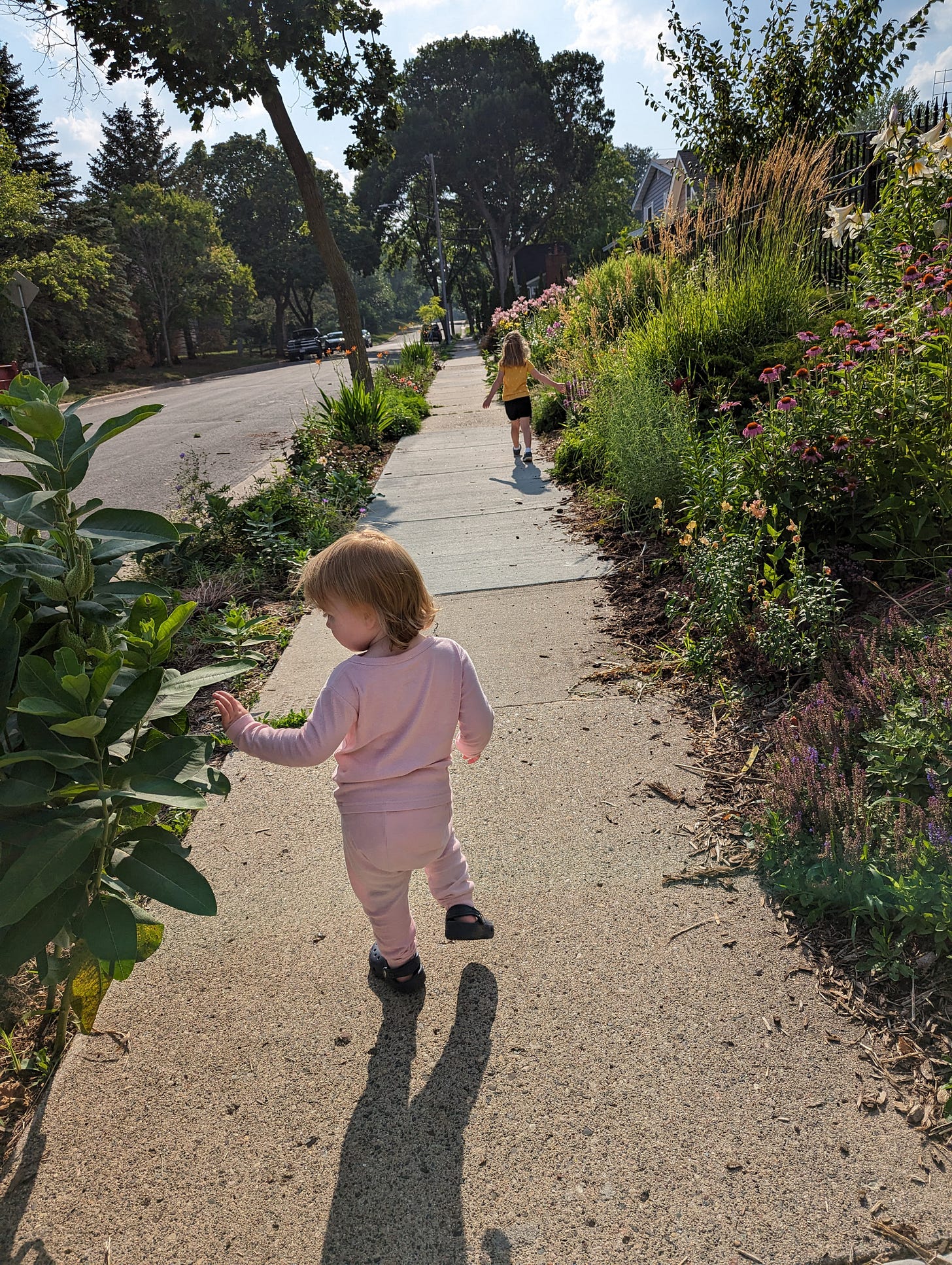
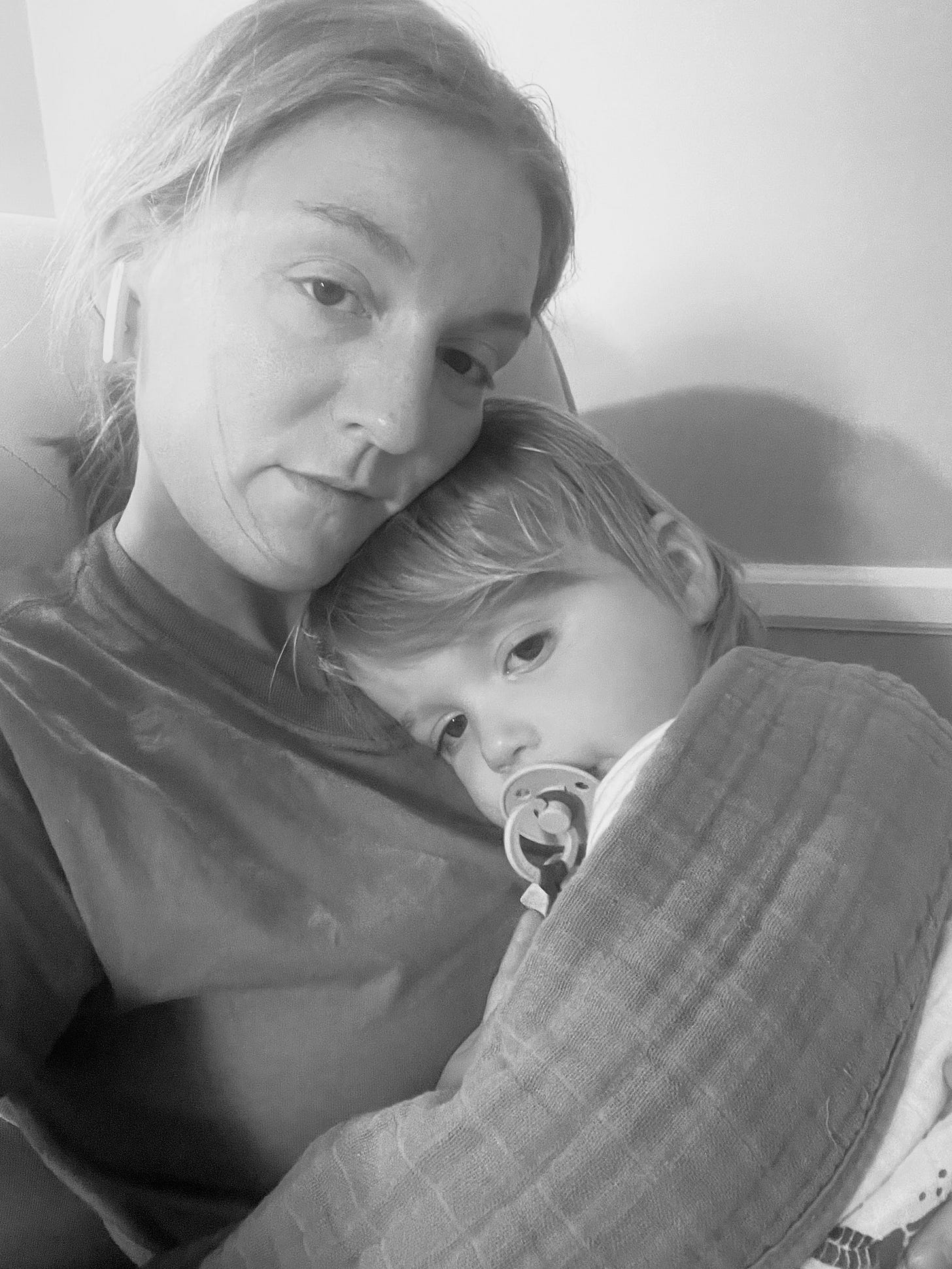


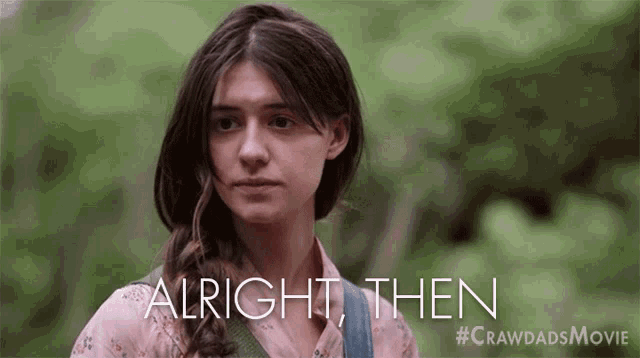

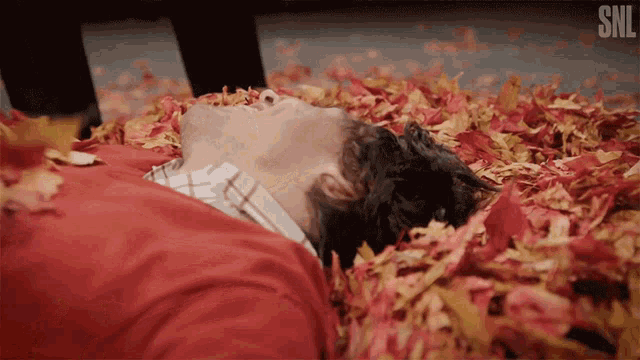
The essay! Thank you for sharing these words. They’re a gentle and needed reminder for me this week (and always?) I’m also checking out that hoodie. A person can never have too many, right?
Inside Out is one of my all-time favorite movies, truly. And thank you for the reminder that I need to make apple crisp, stat.